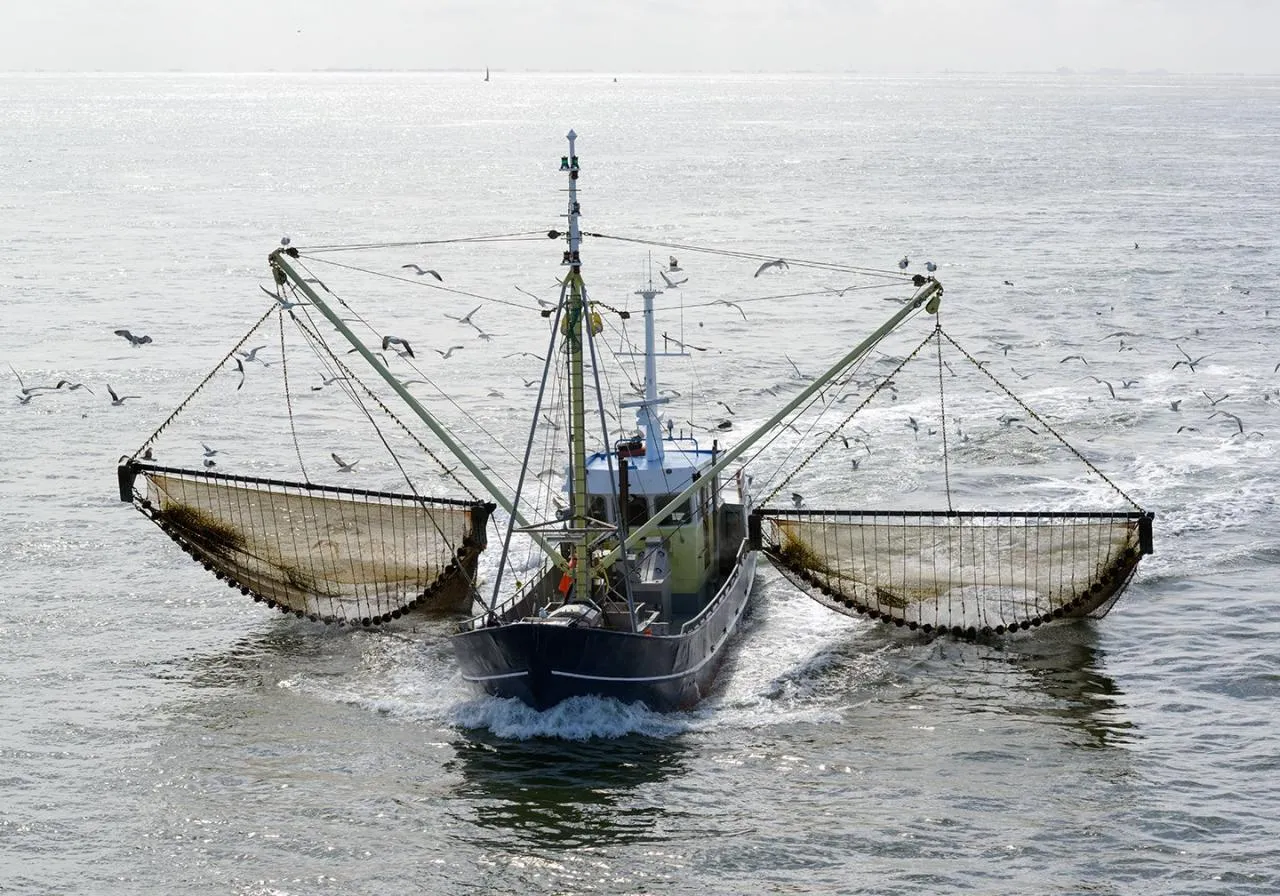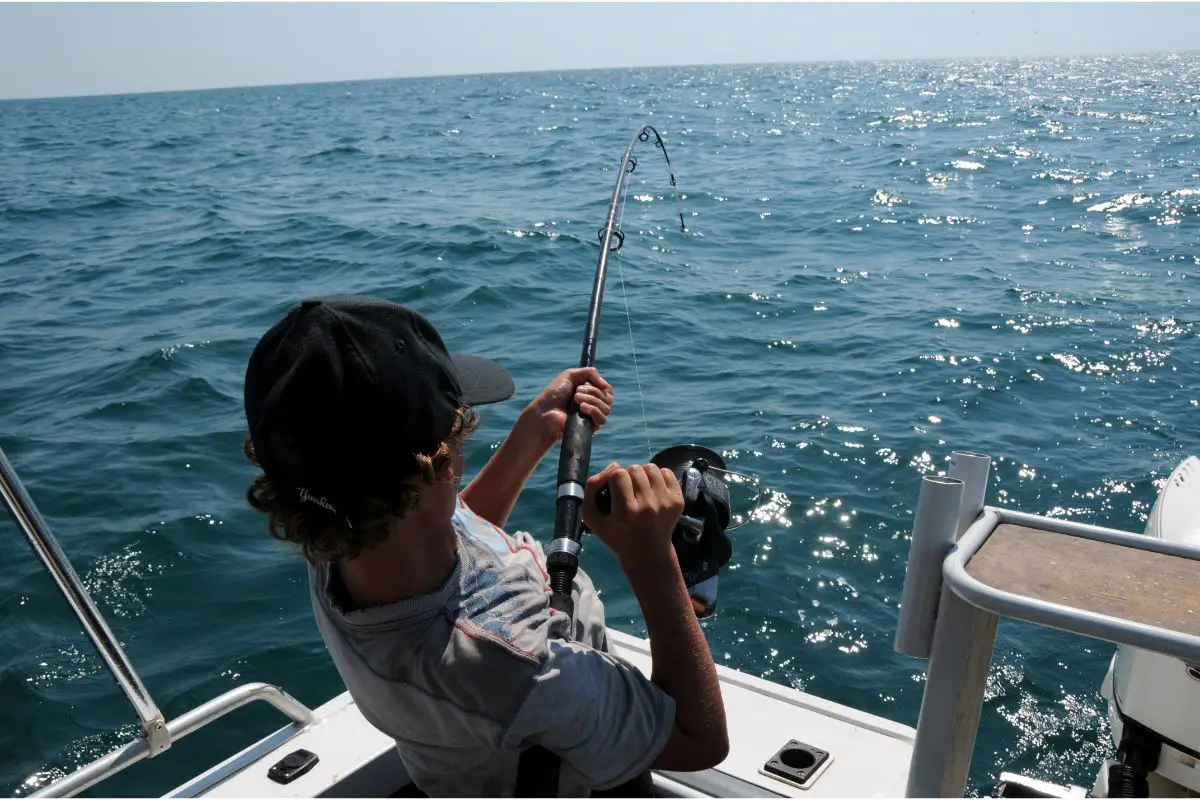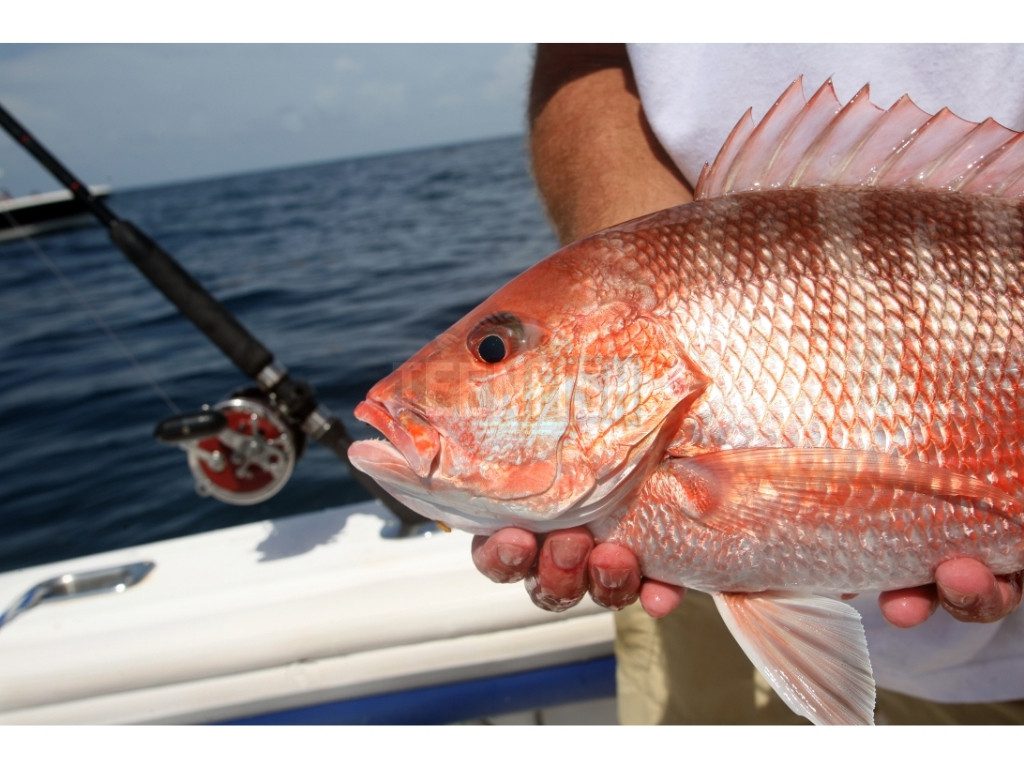Physical Address
304 North Cardinal St.
Dorchester Center, MA 02124
Physical Address
304 North Cardinal St.
Dorchester Center, MA 02124

For avid anglers and aspiring commercial fishermen, the vast and bountiful waters of Alaska beckon with the promise of an exhilarating and rewarding career. However, before embarking on this adventure, it’s crucial to understand and comply with the state’s licensing requirements. In this comprehensive guide, we’ll explore the intricate process of obtaining a commercial fishing license in Alaska for the year 2025, ensuring you’re fully prepared to navigate the regulations and embark on a successful fishing venture.
Alaska’s fishing industry is a vital economic force, contributing billions of dollars annually to the state’s economy. To maintain sustainable and well-regulated fisheries, the Alaska Department of Fish and Game (ADF&G) and the Commercial Fisheries Entry Commission (CFEC) have implemented a limited entry system that governs the issuance of commercial fishing licenses and permits. Failure to obtain the necessary licenses can result in hefty fines and legal consequences, making compliance an absolute necessity.
Before delving into the application process, it’s essential to understand the different types of licenses and permits required for commercial fishing in Alaska:
Now that you’re familiar with the different license types, let’s dive into the step-by-step process of obtaining the necessary permits for commercial fishing in Alaska in 2025:
The first step in the process is to secure a crew member license from the Alaska Department of Fish and Game (ADF&G). Here’s how:
Once your application is processed and approved, you’ll receive your crew member license, which is valid for the calendar year.
If you plan to operate your own commercial fishing vessel, you’ll need to secure a vessel license from the CFEC. Here’s how:
Once approved, you’ll receive your vessel license, which must be renewed annually.
Certain fisheries in Alaska are designated as “limited entry,” meaning a specific number of permits are issued each year. If you plan to participate in one of these fisheries, you’ll need to obtain a limited entry permit from the CFEC. Here’s how:
Limited entry permits are highly coveted and may have additional requirements or waiting periods, so it’s essential to start the application process well in advance.
Navigating the licensing process can be complex, but following these tips can help ensure a smooth and successful application:
As you embark on your commercial fishing journey in Alaska, it’s crucial to prioritize sustainable and responsible fishing practices. The state’s fisheries are a precious natural resource, and their preservation is essential for the long-term viability of the industry and the ecosystem. By adhering to catch limits, minimizing bycatch, and respecting closed areas and seasons, you’ll contribute to the sustainability of Alaska’s fisheries for generations to come.
Obtaining a commercial fishing license in Alaska is a multi-step process that requires diligence, attention to detail, and a deep understanding of the state’s regulations. By following the guidelines outlined in this comprehensive guide, you’ll be well-equipped to navigate the licensing process successfully and embark on an exciting and rewarding career in Alaska’s thriving fishing industry.
Remember, the key to a successful application is starting early, thoroughly reviewing requirements, maintaining accurate records, and staying up-to-date with any changes or updates. With perseverance and a commitment to sustainable fishing practices, you’ll be well on your way to experiencing the unparalleled beauty and bounty of Alaska’s waters.

